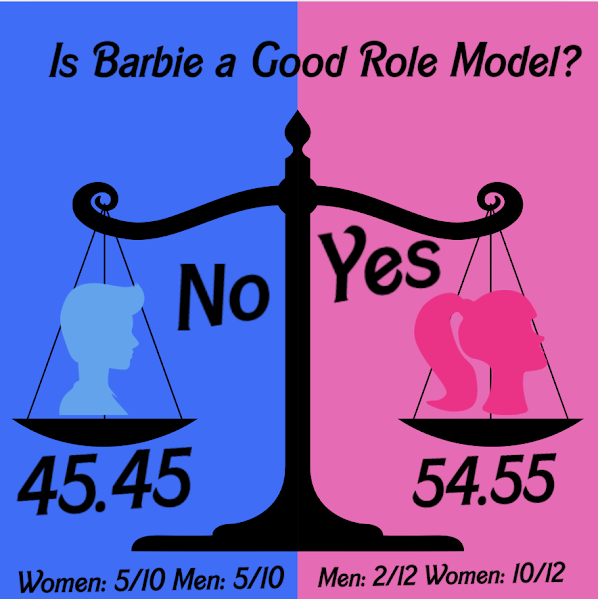Educational Grouping: Discouraging or Encouraging? (Encouraging)
Homogenous grouping is the education technique in which students are separated into groups or levels based on their academic performance and diverse learning abilities. For example, in elementary school, students are often placed in reading groups of different levels. In high school, there are general, Collge Prep, Honors, and Advanced Placement level classes.
Homogeneous grouping is a beneficial structure that benefits students of all levels and should continue to be implemented in the education system.
Not all students learn at the same speed or with the same teaching styles, so dividing students into smaller groups of these differing levels allows closer attention and more flexibility in teaching pace and techniques.
Students who learn more quickly than their peers should not be required to slow down for the sake of the entire class.
Homogeneous grouping allows these students to reach their highest potential, advancing at whatever rate is comfortable for them. Students who have the capacity to cover more material should be provided that opportunity, rather than be forced to sit bored in class, potentially distracting other students when they turn to other means of entertainment.
Additionally, students who learn at a less rigorous pace are afforded the chance to have more focused attention from their teacher and to receive instruction in a manner that better fits their learning style, whatever that may be. Such students may be intimidated by more confident or academically inclined classmates and will feel more at ease asking questions and requesting assistance.
Thus, with this closer attention, students who may previously have fallen behind or been otherwise disadvantaged will be able to reach a more advanced level than if forced to learn in the same way and at the same speed as their contemporaries. With an education tailored to them, they will more easily be able to absorb and apply the information taught to them.
Homogeneous grouping has been the system in place in the majority of educational institutions for years, because it works. It helps each student maximize their education. Homogeneous grouping is the best classroom structure and its continued use is in the best interest of students and teachers alike.










